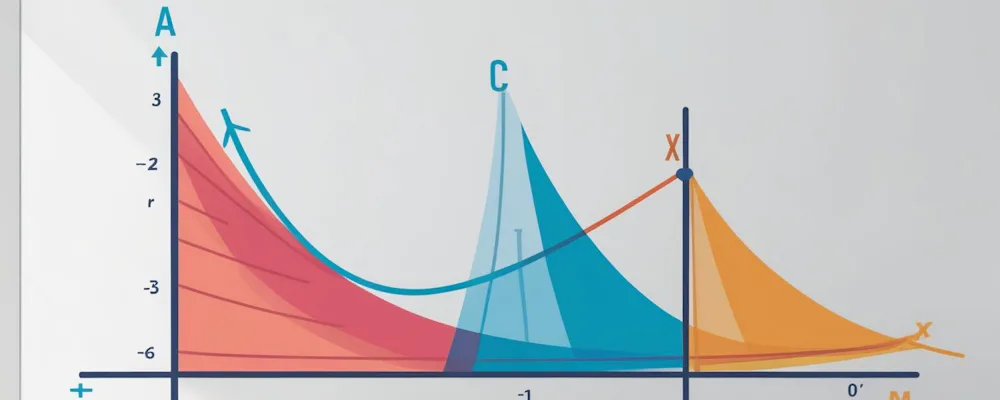
Ever wondered how scientists predict climate change, engineers design rockets, or economists forecast market trends? Welcome to the powerful world of Derivatives and Integrals or (Differentiation and Integration) - the fundamental tools of calculus that help us understand rates of change and accumulation. Through interactive simulations we will make graphs of different functions and their derivatives as well as integrals. We'll explore how these mathematical concepts shape our understanding of the universe.
A derivative represents the rate at which a quantity changes - the mathematical equivalent of a speedometer. Unlike basic algebra that deals with static values, derivatives capture the dynamic nature of change. Our interactive simulation demonstrates how derivatives bring motion and transformation to life, letting you visualize instantaneous rates of change in real-time.
Our simulation allows you to explore the fascinating world of rates of change through:
- Visualization of slopes at different points on curves
- Real-time transformation of functions and their derivatives
- Understanding the relationship between position, velocity, and acceleration
- Exploring critical points, maxima, minima, and points of inflection
Integration is like adding up infinitely many infinitely small pieces. Our interactive simulation demonstrates:
- How definite integrals represent areas under curves
- The relationship between derivatives and antiderivatives
- Various integration techniques from basic to advanced
- Applications in finding volumes, surface areas, and work done
Our simulation brings calculus concepts to life through:
- Dynamic function graphing with derivative visualization
- Real-time area calculation under curves
- Step-by-step integration and differentiation guidance
- Interactive exploration of optimization problems
Experience comprehensive learning through:
- Adjustable function parameters with instant visual feedback
- Multiple integration and differentiation methods
- Interactive problem sets with varying difficulty levels
- Visual representation of related rates and optimization
Discover how derivatives and integrals model:
- Physics: Motion analysis and work calculations
- Engineering: Optimization and fluid dynamics
- Economics: Marginal cost and consumer surplus
- Biology: Population growth and decay
- Medicine: Drug concentration and metabolism rates
Ready to explore? Launch the simulation to witness how derivatives and integrals behave with different functions. Graph equations, find rates of change, calculate areas, and master the techniques that mathematicians and scientists use every day. Whether you're preparing for competitive exams or simply curious about mathematical modeling, this interactive tool will help you grasp the fundamental principles of calculus.
Through this hands-on approach, you'll develop both computational skills and intuitive understanding of calculus concepts. Begin your exploration now and watch as abstract mathematical ideas transform into powerful tools for understanding our world through the magic of interactive visualization.
This comprehensive guide will help you master calculus for exams like IIT JEE, BITSAT, VITEEE, COMED K, Board exams of CBSE, ICSE, IGCSE, NIOS etc. More importantly, it will equip you with the analytical thinking skills needed to apply these concepts in real-world situations across various fields of science and engineering.
Please click on the above image to start your simulation. You can add and edit variables and also Zoom in.
Simulation by PhET Interactive Simulations, University of Colorado Boulder, licensed under CC-BY-4.0 (https://phet.colorado.edu).